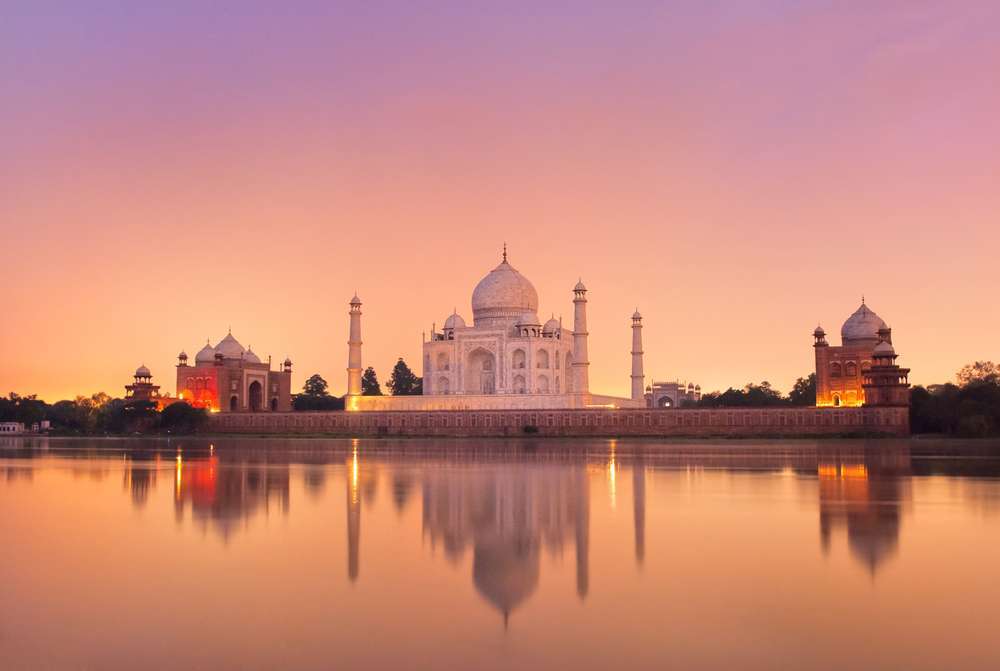India, renowned for its diverse culinary heritage, offers a gastronomic journey like no other. From fragrant spices to exotic flavors, each region of India boasts a unique cuisine shaped by centuries of history, culture, and tradition. In this article, we’ll embark on a culinary adventure across India, exploring the diverse flavors, ingredients, and dining experiences that make Indian cuisine a delight for the senses.
The Rich Tapestry of Indian Cuisine
Indian cuisine is a kaleidoscope of flavors, colors, and textures, reflecting the country’s cultural diversity and culinary traditions. Each region of India has its own distinct cuisine, influenced by factors such as climate, geography, religion, and historical influences. From the fiery curries of the north to the aromatic rice dishes of the south, Indian cuisine offers a myriad of flavors and ingredients that tantalize the taste buds and leave a lasting impression.
North Indian Cuisine: A Feast of Flavors
North Indian cuisine is characterized by its rich, indulgent flavors and aromatic spices. Popular dishes include creamy butter chicken, tender lamb kebabs, and fragrant biryanis, served alongside fluffy naan bread and fragrant rice. The cuisine of North India is known for its generous use of dairy products such as ghee, yogurt, and paneer, as well as spices like cumin, coriander, and cardamom. From the bustling streets of Delhi to the royal kitchens of Rajasthan, North Indian cuisine offers a feast for the senses.
South Indian Cuisine: A Symphony of Spices
South Indian cuisine is celebrated for its vibrant flavors, bold spices, and emphasis on fresh ingredients. Staple foods include dosas, idlis, and uttapams, made from fermented rice and lentil batter, served with a variety of chutneys and sambar. Coconut, curry leaves, and mustard seeds are common ingredients in South Indian cooking, lending dishes a distinctive flavor profile. From the coastal delights of Kerala to the spicy curries of Andhra Pradesh, South Indian cuisine is a symphony of spices and flavors.
East Indian Cuisine: Flavors of the Gangetic Plain
East Indian cuisine is influenced by the fertile plains of the Ganges River, known for its abundant rice paddies, freshwater fish, and seasonal vegetables. Staple dishes include fish curry, macher jhol, and pitha, a traditional sweet or savory snack made from rice flour. Mustard oil, panch phoron (a blend of five spices), and green chilies are commonly used in East Indian cooking, adding depth and complexity to dishes. From the bustling streets of Kolkata to the tranquil villages of Assam, East Indian cuisine offers a taste of the region’s rich culinary heritage.
West Indian Cuisine: Spice Routes and Seafood Delights
West Indian cuisine is influenced by the region’s coastal geography, with a focus on seafood, coconut, and tropical fruits. Staple dishes include Goan fish curry, Maharashtrian vada pav, and Gujarati dhokla, each reflecting the diverse cultural influences of the region. Spices such as cloves, cinnamon, and nutmeg are commonly used in West Indian cooking, adding warmth and depth to dishes. From the palm-fringed beaches of Goa to the bustling markets of Mumbai, West Indian cuisine offers a tantalizing array of flavors and ingredients.
Exploring Indian Street Food: A Culinary Adventure
No exploration of Indian cuisine would be complete without a journey through its vibrant street food scene. From sizzling kebabs and spicy chaat to crispy dosas and sweet jalebis, Indian street food offers a sensory experience like no other. Whether you’re exploring the bustling lanes of Old Delhi, sampling chaat in Mumbai’s Chowpatty Beach, or savoring dosas in Bengaluru’s bustling markets, Indian street food is a culinary adventure that delights the senses and leaves a lasting impression.
RECOMMENDED VACCINES FOR INDIA TRAVEL FOR TOURISTS
Embracing Culinary Diversity: Tips for Dining in India
Be Adventurous: Embrace the diverse flavors and ingredients of Indian cuisine by trying new dishes and regional specialties.
Mind the Spice: Indian cuisine can be spicy, so be sure to specify your spice tolerance when ordering, and don’t be afraid to ask for milder options if needed.
Eat with Your Hands: In many parts of India, it’s customary to eat with your hands, so don’t be shy about ditching the utensils and digging in.
Stay Hydrated: Indian cuisine can be rich and flavorful, so be sure to stay hydrated by drinking plenty of water or trying refreshing beverages like lassi or nimbu pani.
Respect Dietary Restrictions: Indian cuisine offers plenty of options for vegetarians, vegans, and those with dietary restrictions, so don’t hesitate to ask for recommendations or modifications to suit your needs.
Conclusion
India’s culinary scene is a vibrant tapestry of flavors, ingredients, and traditions that reflects the country’s rich cultural heritage and diverse culinary landscape. From the fiery curries of the north to the aromatic rice dishes of the south, each region of India offers a unique culinary experience that delights the senses and leaves a lasting impression. Whether you’re indulging in street food delights or savoring a traditional thali, exploring India’s culinary treasures is an adventure that promises to tantalize the taste buds and awaken the senses. So pack your appetite and prepare for a culinary journey like no other as you explore the diverse and delicious flavors of India.
Also read: The Art of Sari Draping: Workshops and Demonstrations Across India
